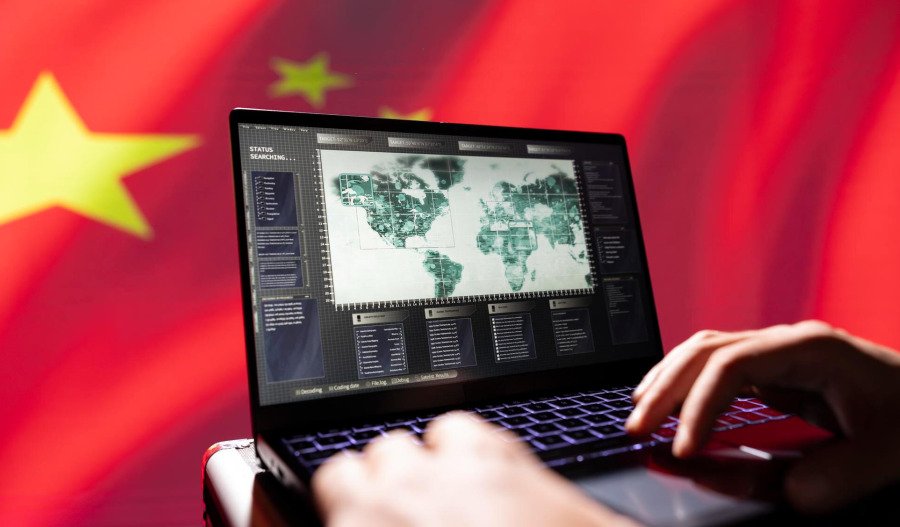While Russia’s Ruble has emerged as the best performing global currency – even outpacing gold – up 38% against the US$, United States President Donald Trump’s tariff-led trade war is pushing the U.S. into a currency war with the world’s second largest economy, China.
In case you were wondering, a currency war is when two (or more) economies seek to gain a competitive advantage over each other through devaluation.
US dollar falls
Courtesy of trade and tariff mayhem, the US$ has continued to fall against other major currencies and is now down around 8% this year - trading near a three-year low.
Since Trump’s tariffs were announced, the US$ has lost value against virtually every country including the euro, the yen, the pound and a host of other currencies.
This makes imports from those countries more expensive for Americans, even before tariffs are applied.
China’s yuan falls
Then there’s China’s yuan, which is now falling following difficult policy decisions by Beijing in response to escalating trade wars with the U.S.
U.S. tariffs on China’s goods now average 145%.
The yuan, which is tightly controlled by the People’s Bank of China, recently reset the daily reference rate past the closely watched 7.20 per dollar mark.
As a result, the yuan dropped to 7.3363 to the dollar, the weakest level since September 2023.
The step-by-step weakening of the yuan signals the first time the fixing has breached 7.20 since Trump’s election victory last November.
This move prompted an immediate sell-off in the spot yuan, before recovering some ground.
Weaponising the yuan or slow slide
Having concluded that China has little appetite for a sharp devaluation, Nigel Green CEO of DeVere Group doubts China will openly weaponise the yuan.
While Green expects further weakening of the yuan, he suspects China will opt for a slow and careful slip to avoid it appearing as a head-to-head currency war.
What’s making China’s policymakers more wary of ‘big ballsy currency moves’ is the lingering shadows of 2015 when $700 billion exited Chinese markets following sudden and jerky currency manoeuvres.
This time around, Green expects China to take incremental steps to preserve the appearance of fiscal prudence.
Fallout from weaker currency
A weaker Chinese currency lowers the real cost of exports – softening the blow of U.S. tariffs – but it has side effects.
It inadvertently puts pressure on other Asian economies to take China’s cue and mimic similar currency devaluing measures.
This in turn has its own ripple effect, none of the least being heightened inflation complexity for the U.S., and a rise in global volatility.
deVere Group’s Green warns global investors that currency shifts don’t exist in a vacuum and that ignoring the fallout would be a serious error.
The fallout Green is referring to is the reshaping of capital flows, unsettling risk assets, and provoking reaction from other central banks.
‘Every day, the Chinese central bank sets a central reference rate, allowing only limited movement around it,” said Green.
“That system gives Chinese authorities control and it gives them the tools to engineer a slow, sustained decline without outright triggering alarm bells.”
What comes next?
The biggest concern is what follows currency wars.
For example, any reverse in capital inflows, courtesy of protracted yuan weakening, could result in Beijing tightening controls further or accelerating its depreciation.
Neither outcome would be good for currencies, bonds or equities.
With all this playing out, Green urges investors to watch the yuan movement with as much reverence given to any Federal Reserve announcement or reporting season.
“The trade war may have opened with tariffs but it won’t end there.”
Assuming China pursues the strategy of yuan devaluation, Giuseppe Dellamotta, macro and technical analyst at Forexlive expects retaliatory measures from Trump.
Dellamotta reminds investors that Trump has repeatedly accused China of being a currency manipulator.
“The markets will likely expect something worse in response and the fear and uncertainty will likely weigh on the stock market further,” he warned.
The market is already smelling blood in the water with China’s Ministry of Commerce vowing to “fight to the end,” in response to Trump threats to impose an additional 50% tariff on Chinese imports if Beijing doesn’t step back from its retaliatory plans.
Meantime, a growing cadre of analysts see room for the yuan to fall further, with Wells Fargo & Co. flagging risks of up to a 15% deliberate depreciation over a two-month period.
“There’s a 75% chance Beijing will devalue the yuan and should the PBOC decide to do so, it’s likely to “go big, like 20 or 30%,” said Brad Bechtel, global head of FX at Jefferies Financial Group Inc.



